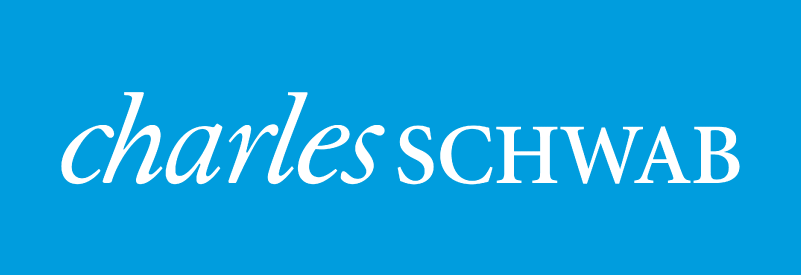Both U.S. equity markets and interest rates ended the month close to where they began but getting there was far from a straight line. Emerging markets and international developed markets outperformed the U.S. in March as political risks in Europe abated slightly (Dutch elections) and the U.S. dollar weakened relative to most foreign currencies. Credit spreads compressed slightly over the course of the month while the yield curve flattened in sympathy with the Fed tightening rates. From a sector standpoint, we saw a continued rotation away from the 2016 year end/post-election trend (energy, financials, industrials) and into technology and consumer discretionary names.
Market Anecdotes:
- The March FOMC meeting delivered a widely anticipated 0.25% hike, the third thus far in the tightening campaign. Edson Gould, the late great market technician, once remarked, “three steps and a stumble” referring to three Fed rate hikes. That said, the S&P 500 has posted its best ‘first three hike’ total return performance on record. This is very likely due to monetary policy still being extraordinarily accommodative.
- The ECB, BoE, and BoJ elected to stay on their accommodative tracks in March regarding interest rate and quantitative easing programs. Only the Fed and the PBOC moved to tighten policy.
- The S&P 500 ended its impressive streak of 109 consecutive trading days without a -1% decline on March 22nd. -1% pull backs typically happen every couple of weeks. The last time we had a streak this long was 1995. It has been pretty smooth sailing since October 11, 2016.
- Much attention has been given to U.S. equity market valuations. At a P/E of 21.8x, it rests comfortably above the past 30-year median (18.2x) and average (19.2x). However, it’s only ⅔ of the way to the 1999 peak and has been higher more than 25% of the time over the past 30 years. A return to average or median levels would mean an 11%-16% fall in the market.
- Crude oil touched its lowest level of the year in March on the back of record U.S. stockpiles and increasing U.S. production. Thanks to shale, the U.S. producing more oil than it has in nearly 50 years, with crude production on pace to top the record level set in 1970.
- On March 29th, UK PM Theresa May invoked Article 50 of the Treaty of Lisbon, formally triggering the two-year clock for the country to complete negotiations and exit the European Union. Trade, immigration, pre-existing EU commitments, Scottish independence, and the Irish border are all on the table.
- Non-U.S. markets, Europe posted strong returns in March. A weaker U.S. dollar and a bounce in the more volatile political hotbeds of Italy (+9.3%), France (+6.3%), and Spain (+11.2%) provided the boost.
- Growth (EPS and sales) and quality (ROE and low leverage) were the best performing factors for the month, possibly indicating a transition from liquidity driven markets to fundamentally driven markets.
Economic Anecdotes:
- The final revision of 4Q U.S. GDP came in at 2.1%. Not spectacular but slightly better than final expectations.
- The February PCE, the Fed’s preferred inflation gauge, registered 2.1%. This is the first time in five years it has come in higher than the Fed’s formal 2% target rate of inflation. Core PCE remained below 2%, at 1.8%. February headline and core CPI are also trending higher at 2.7% and 2.2% respectively.
- The Citi Economic Surprise Index for emerging markets turned positive in December 2016 and now is at its highest level since 2010.
- Weekly jobless claims maintained its extraordinary streak, currently 108 consecutive weeks, of under 300,000, the longest such streak since 1970.
- The Conference Board’s March reading on consumer confidence blew the doors off at 125.6 versus 114.8 in February. This metric is now higher than the highs of the previous expansion.




Leave a Reply